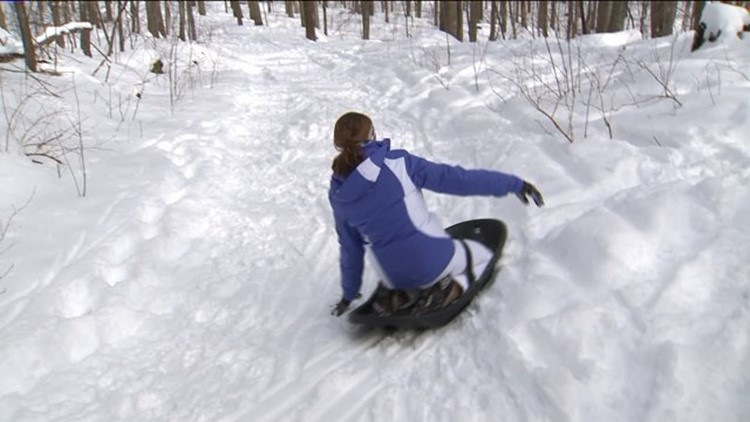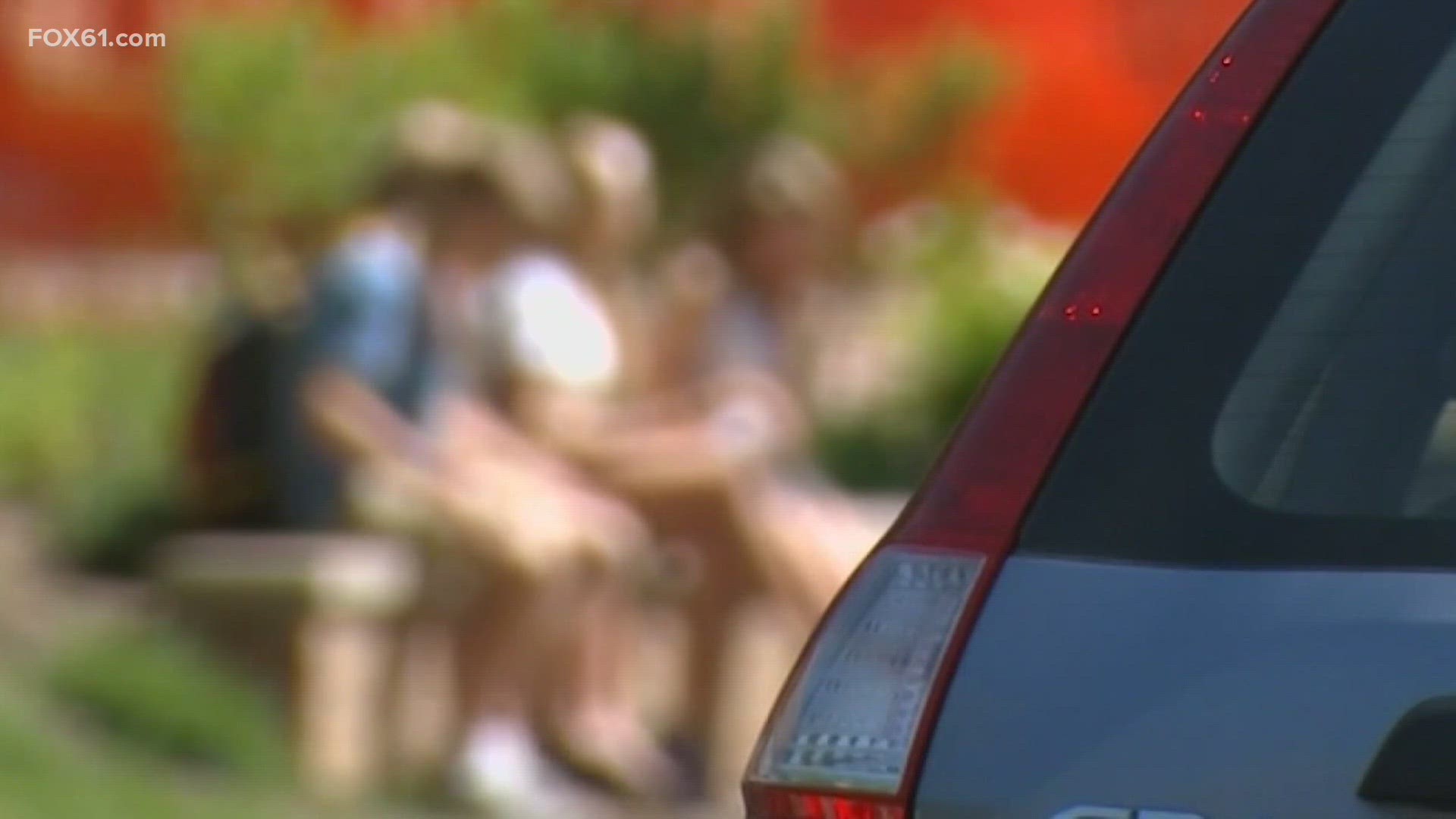“We can’t manage the risk at all of those places.”
DES MOINES, Iowa (AP) — As anyone who has grown up around snow knows, part of the fun of sledding is the risk of soaring off a jump or careering around a tree.
But faced with the potential bill from sledding injuries, some cities have opted to close hills rather than risk large liability claims.
No one tracks how many cities have banned or limited sledding, but the list grows every year. One of the latest is in Dubuque, Iowa, where the City Council is moving ahead with a plan to ban sledding in all but two of its 50 parks.
“We have all kinds of parks that have hills on them,” said Marie Ware, Dubuque’s leisure services manager. “We can’t manage the risk at all of those places.”
A study by the Center for Injury Research and Policy at Nationwide Children’s Hospital in Columbus, Ohio, found that between 1997 and 2007, more than 20,000 children each year were treated at emergency rooms for sledding-related injuries.
In meetings leading up to the ban, Dubuque council members lamented the move but said it was the only responsible choice given liability concerns and demands from the city’s insurance carrier. They pointed to judgments in sledding lawsuits in the past decade, such as a $2 million judgment against Omaha, Neb., after a 5-year-old girl was paralyzed when she hit a tree and a $2.75 million payment when a man in Sioux City, Iowa, slid into a sign and injured his spinal cord.
Some cities have opted for less drastic measures in the last several years, including Des Moines; Montville, N.J.; Lincoln, Neb.; and Columbia City, Ind. By banning sledding on certain slopes or posting signs warning people to sled at their own risk, cities lessen their liability if someone is seriously hurt, but they are still more vulnerable to lawsuits than if they adopt an outright ban.
And then there is the small central Illinois city of Paxton, where park district officials removed the sledding hill in 2013.
It was more of a dirt mound, created years ago to cover a pile of concrete, metal, and other junk, recreation director Neal McKenry said, but given how flat the area is, the 20-foot rise often was crowded with sledders. There was concern someone would slam into trees that had grown on the mound.
“Obviously, many people used this area to sled in the winter, but the park district never promoted it as a sled hill,” McKenry said. “It was simply a built-up mound of dirt that people happened to sled on.” The area is now being used as a dog park.
In Omaha, the city banned sledding at a popular hill as a test one winter after losing a lawsuit, but decided to allow it again after most people ignored the restriction.
“It wasn’t practical,” assistant city attorney Tom Mumgaard said. “People wouldn’t abide by the ban.”
Instead, the city has posted signs warning of sledding risks and workers at the site of the failed ban put pads around posts and hay bales around trees. Mumgaard said courts in Nebraska have decided cities must protect people, even if they make poor choices.
What do you think? Let us know on our facebook page:



